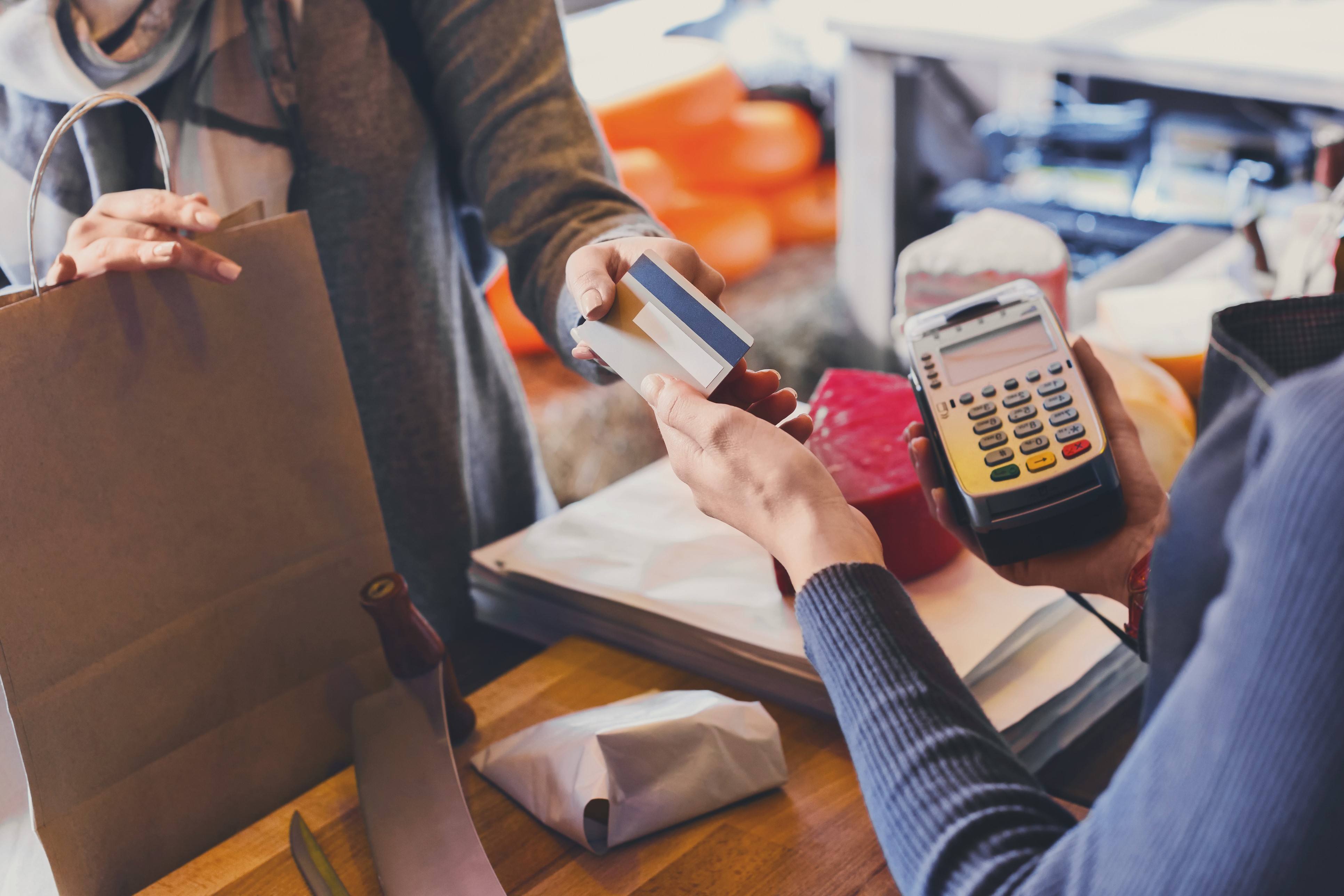Using Physical Security Features to Fight Counterfeiting

Fast and reliable authentication of genuine products is essential to safeguarding critical revenue, preventing brand identity erosion, protecting public health and safety, and maintaining consumer confidence.
A recent report by the U.S. Department of Homeland Security (DHS) cited research from the Organisation for Economic Co-operation and Development (OECD) showing that the value of counterfeit goods traded internationally has increased by 154 percent between 2005 and 2016, from $200 billion to $509 billion. Globalization and ecommerce have made a nearly infinite variety of goods and services available at the click of a mouse. At the same time, bad actors are becoming more sophisticated. It’s estimated that by 2022, counterfeit goods will displace more than $1 trillion in global sales from legitimate companies.
Along with addressing the distribution of counterfeit goods at the systems level, physical security features are essential. Technology-enabled physical security solutions can be used effectively to authenticate pharmaceuticals, electronic and automotive components, apparel, food and spirits, and other high-end consumer products. Effective physical security solutions - from both a security and brand protection perspective - combine overt, covert and forensic security elements that are tamper-resistant and resist counterfeiting. Consumers are able to rely on physical security features to quickly discern legitimate products from counterfeit ones that may pose a risk to them or their families. Brand owners benefit from multi-layered security features that support consumer engagement, supply chain controls and investigation and enforcement efforts.
You can read more about SICPA’s new anti-counterfeiting product security labels in Labels & Narrow Web, here.

